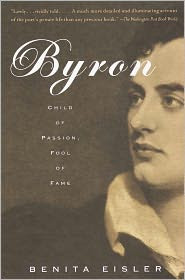 Priya Parmar, a former freelance editor and dramaturg holds degrees in English Literature and theatre. She attended Mount Holyoke College, Oxford University and is currently a doctoral candidate at the University of Edinburgh. She divides her time between Hawaii and London.
Priya Parmar, a former freelance editor and dramaturg holds degrees in English Literature and theatre. She attended Mount Holyoke College, Oxford University and is currently a doctoral candidate at the University of Edinburgh. She divides her time between Hawaii and London.Among the early praise for Exit the Actress, her debut novel:
“A real triumph…. A vivid imagining of the restoration London of Charles II with Nell Gwynn as a powerful and engaging heroine set in the busy world of the theater. This debut novel captures the glamorous world of the amoral court and the struggle of the city. Priya Parmar is a writer to watch.”A few weeks ago I asked Parmar what she was reading. Her reply:
—Philippa Gregory, author of The Other Boleyn Girl
I am at that really good point in a really good book. You know that lovely place in a hefty, long book when you are well into it but still have hundreds of pages in front ofVisit Priya Parmar's website and blog.you? It is such a clear sailing, comfy feeling to roam around that space. I am reading Sally Beauman’s Dark Angel just now and have three hundred pages behind me and four hundred ahead. Perfect.
It is evocative, consuming, edgy and gothic novel and I was not expecting to like it so much. I picked it up because it is set in WWI and I am trying to restrict my reading to things set in the first part of the twentieth century. It is a two pronged strategy to wean me off the addictive Restoration period where Exit the Actress is set and launch me into research for my untitled second novel. I keep getting pulled back to the Restoration as I have been missing Nell Gwyn and Charles II and the uproarious libertines terribly!
--Marshal Zeringue




















































